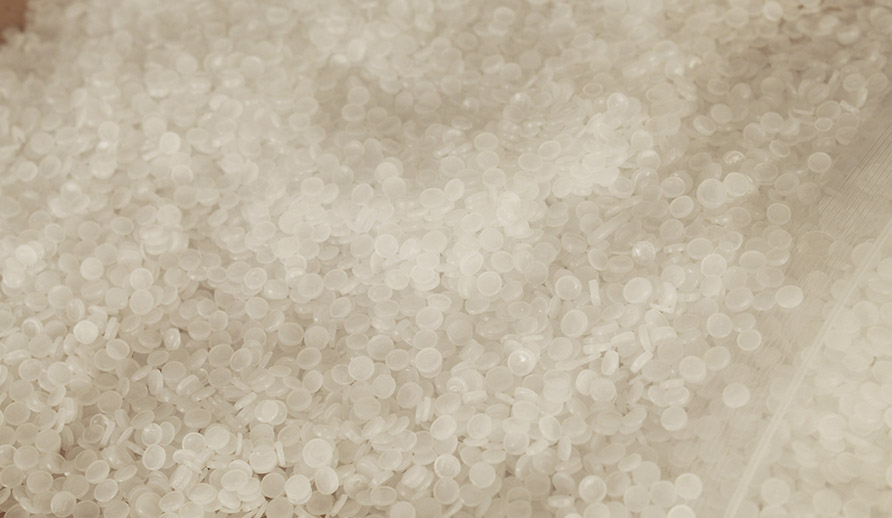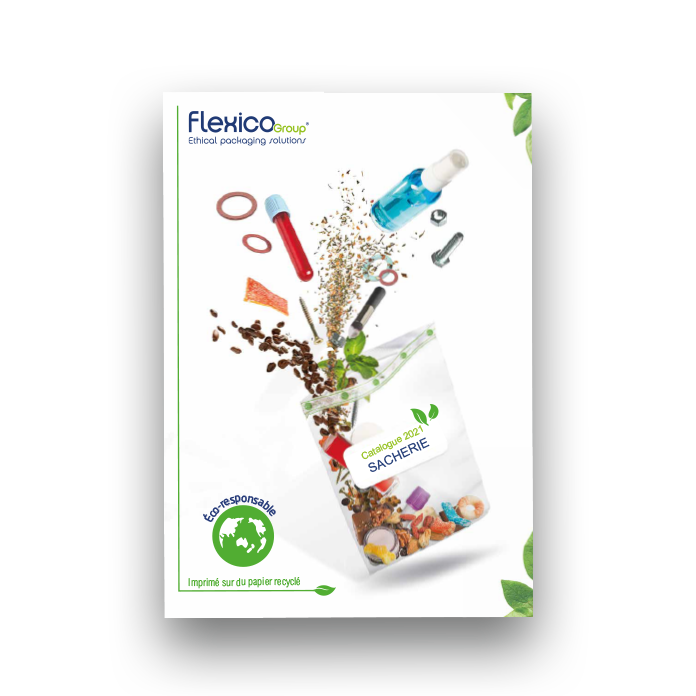 The circular economy is defined as “an economic system of exchange and production that aims to make efficient use of resources and reduce our impact on the environment*. Behind this notion lies a major challenge in terms of reducing pollution.
The circular economy is defined as “an economic system of exchange and production that aims to make efficient use of resources and reduce our impact on the environment*. Behind this notion lies a major challenge in terms of reducing pollution.
In this article, discover concrete answers to the questions: What is the circular economy? What is at stake? How does French law support it?
(*source: National Agency for the Environment and Energy Management)
What are the challenges of the circular economy?
The circular economy is presented as a multi-channel response to two major challenges: ecology and economy.
The economic benefit of the circular economy
The circular economy creates jobs, unlike an economy in which waste is simply buried or incinerated. Recycling allows between ten and fifty times more people to be employed, according to a data sheet published by ADEME. Moreover, materials reused in a circular economy, such as plastic, metal or glass, are generally less expensive than raw materials from natural resources. This allows companies to rationalise their costs and thus increase their productivity.
The circular economy and its ecological benefits
Moreover, the environmental benefits are even greater the more virtuous the cycle is: the more companies contribute to and benefit from the circular economy, the less natural resources are used.
Not to mention that energy losses are reduced and waste production is kept to a minimum.
With all its benefits, the circular economy is on the rise! It fits perfectly into the framework of reducing the carbon footprint by establishing a sustainable development of activities. To help it do so, regulations have been very prolific on this topic for some time.
The circular economy in French regulations
What does the law on the circular economy say?
The first French law to focus on the circular economy was the law on energy transition for green growth of 17 August 2015. Its title IV initiates several actions in its favour, such as precise objectives in terms of waste production reduction.
On 8 January 2020, an agreement was reached to finalise the text of the law on the fight against waste and the circular economy. The website www.vie-publique.fr provides a simplified analysis of its content, detailing four main orientations:
- stop wastage in order to preserve natural resources;
- mobilise industry in the transformation of production methods;
- Strengthen consumer information;
- improving waste collection and, at the same time, combating illegal dumping.
The law also sets several deadlines for several bans or obligations. These include the planned end of single-use plastic packaging by 2040. To this end, a number of crucial intermediate stages have been defined, depending on the products concerned. For example, since 1 January 2020, single-use plastic cups, plates and cotton buds have been banned from sale. In 2021, polystyrene food trays will also be banned. Finally, the extension and harmonisation of waste sorting instructions have been set for 31 December 2022 at the latest for the entire French territory.
However, this law does not initiate the circular economy and only sets a precise roadmap. Indeed, the various principles that govern this approach have been defined for a longer time and are explained in the rest of this article.
How is the circular economy organised?
The circular economy is current and virtuous in its functioning. It is opposed to the linear economy, which has long been the way of thinking and logic in the production of goods and waste.
The circular system compared to the linear system
The linear system depletes natural resources, creates products with pollution, sets up programmed obsolescence and generates a lot of waste. In contrast, the circular system relies on repair, reuse and recycling. This makes it more suitable for a sustainable development approach.
ADEME’s circular economy scheme
ADEME proposes a very clear diagram on the principle of the circular economy, dividing it into three areas, themselves divided into seven pillars in total :
- The offer of the economic actors :
- extraction/exploitation and sustainable procurement,
- eco-design,
- industrial and territorial ecology,
- functionality economy,
- Consumer demand and behaviour:
- responsible consumption,
- Consumer demand and behaviour: responsible consumption, extension of the duration of use,
- Waste management :
- recycling.
The underlying trend is therefore based on a more sober and efficient management of resources. This implies a profound change in local and global organisations and lifestyles. Everyone at their own level can reduce their impact on the environment, whether in the way they produce, consume or dispose of objects that are no longer useful.


